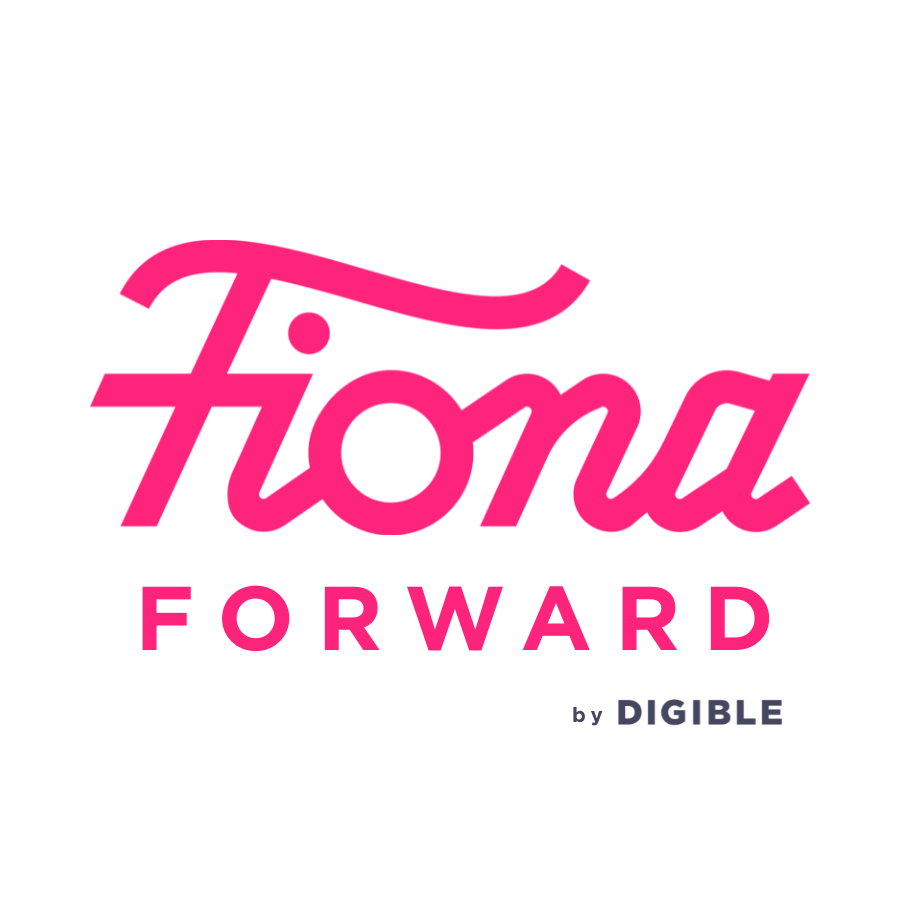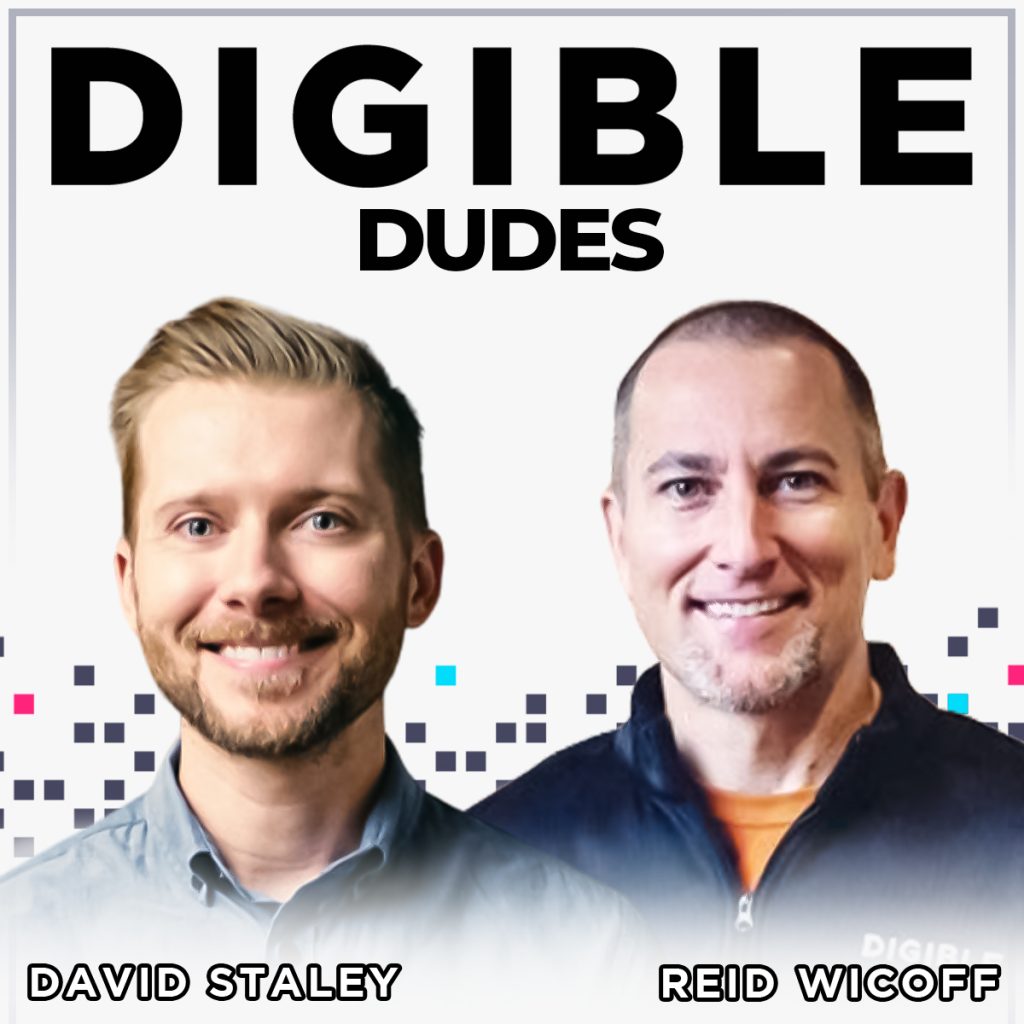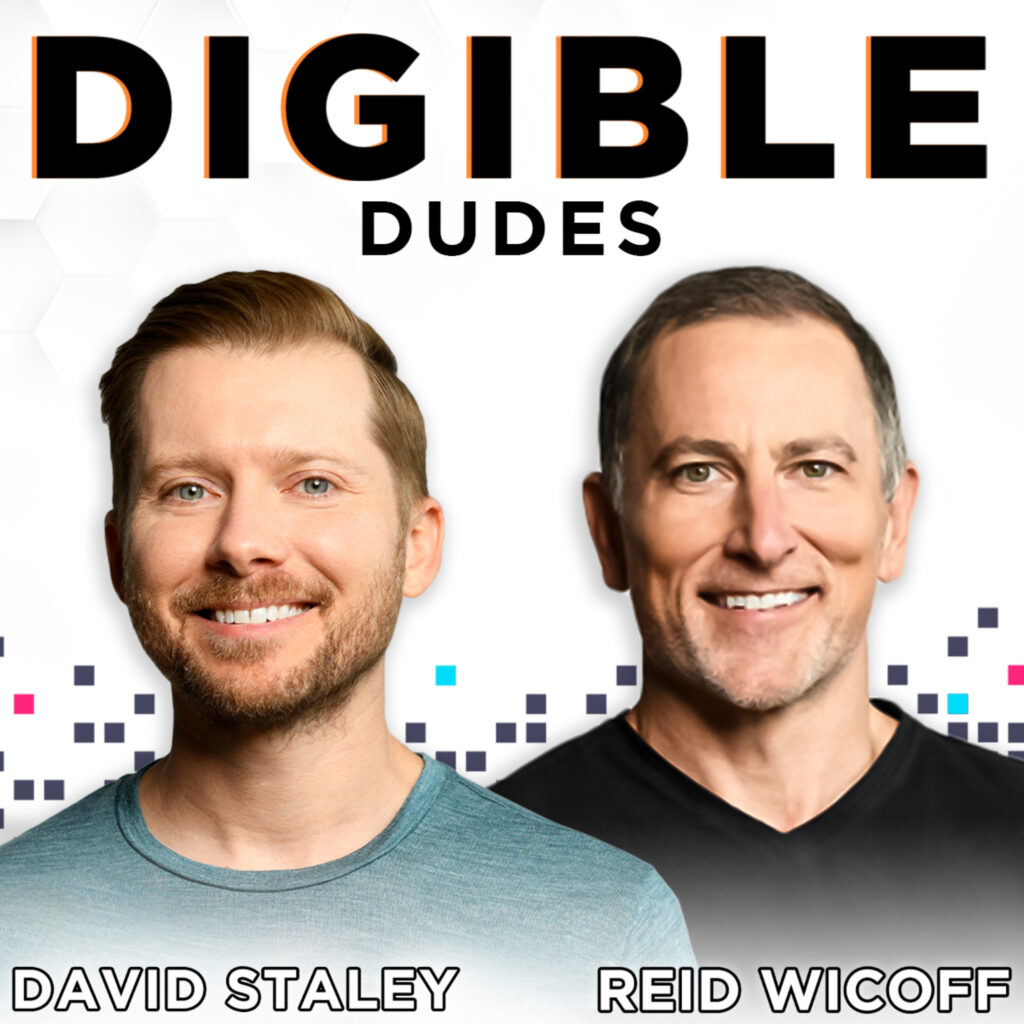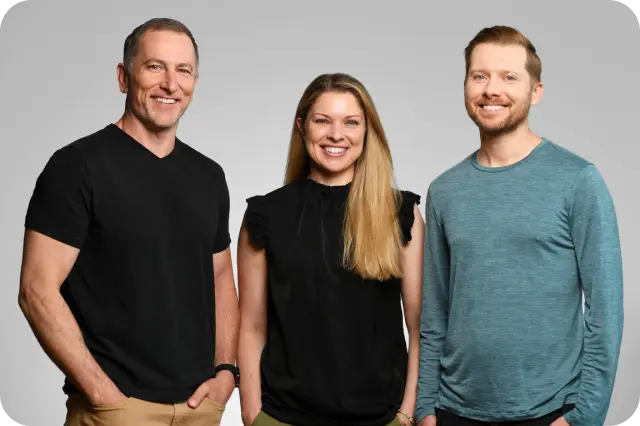There’s a lot of jargon to remember when it comes to organic social media, that’s why we’ve developed an extensive A-Z list of everything you need to know to make sure your organic social efforts are top-notch!
Attribution: if you’re using someone’s photo make sure to give them credit by tagging them (this may also help increase your reach as they might repost it!).
Bio: If you’ve been on Instagram for a while you’ve undoubtedly seen the phrase “link in bio”. Think of your bio as your first introduction to your audience, when people land on your social profiles it’s one of the first pieces of text they’ll see. Use this limited space (150 characters on Instagram, and 160 characters on Twitter) to tell your audience who you are, and don’t forget to include a link to your website!
CTR: Clickthrough rates are a common metric in the digital marketing world, and organic social is no different. To calculate your CTR you’ll want to divide the total number of clicks your post gets by the total number of impressions it received.
DM: Your DMs, or direct messages, are private conversations that happen within a social media platform. A great customer service tool for B2C companies, DMs are a way to have one-on-one conversations with your customers. However, if you’re not interested in receiving messages from anyone with an Instagram account you can easily change who has permission to message you in your settings.
Engagement: Engagement measures the number of shares, comments, likes, and clicks your content receives. The higher your engagement, the healthier your social media presence is. When comparing engagement across your portfolio, we’d recommend focusing on your engagement rate. Engagement rate is a formula that measures the number of interactions your content receives relative to your audience. There are a number of ways to calculate engagement rate (by impressions, reach, views, per post, daily, etc.), but the formula we’d recommend is (total engagement per post/reach per post) * 100 = Engagement Rate by Reach.
Followers/Following: One of the key metrics to prove social media success, your followers are the people who have chosen to see your content on their timeline. Recent updates to social media algorithms have prioritized new and highly engaging content, meaning that not all of your followers will see all of your posts in their newsfeed.
Google+: One of the many social media sites roaming the social media graveyard, doomed to spend the rest of eternity with the likes of MySpace, Vine, YikYak, Friendster, DailyBooth, Formspring, Bebo, and many MANY others. Launched in 2011, the service closed its digital doors in April 2019. The site was Google’s response to Facebook and allowed users to organize their friends into “circles” and share specific private content to these circles.
#Hashtag: Say goodbye to the pound sign, the hashtag has taken over! By adding the # symbol before a word on pretty much any social media site, you’ve created a hyperlink allowing users to scroll through any post with the same hashtag. Be careful though, hashtags cannot contain a space or any punctuation. When incorporating hashtags into your content you’ll want to use words or phrases that are common enough for people to search for, but not too common that you’ll get lost in the shuffle. Instead of using #Apartment try adding a descriptor like a city or a state to narrow your audience and ensure you’re getting the right eyes on your content.
Impressions: A common metric used for social media, impressions represent the number of times your post is displayed, it doesn’t matter if a person sees it multiple times, or if they engage with the content in any way. A similar and more accurate measure of your audience is reach, which measures the total number of people who view your post. Reach is commonly referred to as the unique people who view your post.
Journalism: Twitter has turned modern journalism on its head, the 24-hour news cycle is now in the palm of your hand. Twitter’s “moments” tab seems to have a new shocking news headline every minute. Since the 2016 election, Twitter has become the go-to place for news for 71% of its users.
Keywords: One of the beauties of social media is the data you can collect from it. By monitoring hashtags and keywords related to your brand you can conduct your own social listening to learn how consumers perceive your brand. We’d recommend making social listening lists on Twitter to track relevant accounts and hashtags. If you’re looking to do more robust social listening, you can use tools like Social Report, Sendible, Chatmeter, or any of the other tools on the market.
Likes: Arguably the most important metric on social media, your likes are a huge part of your engagement. In April 2019 Instagram tested hiding likes from users’ photos and videos in an attempt to decrease “competitiveness” on the platform. Now, Facebook’s joining in on the fun. Three months after Instagram’s test, “The Book” conducted the same test, removing public visibility of reactions. These recent tests are a reaction to numerous studies that have connected depression, unhealthy habits, and poor self-esteem to teens with excessive use of social media.
Minute: The length of an Instagram video. Instagram video posts must be between 3 seconds and a minute long, story videos can be up to 15 seconds long, and IGTV videos are between 15 seconds and 10 minutes long for unverified accounts, and up to 60 minutes long for verified accounts. On Twitter, videos are typically 2 minutes and 20 seconds long (or 140 seconds), while Facebook videos must remain under 4 hours long.
New: The lifespan of organic social posts are just getting shorter, make sure you have a consistent schedule for your content and are giving your audience new content to engage with. A typical Facebook post gets 75% of its impressions in the first 2.5 hours, while an average tweet has a lifespan of only 18 minutes! Instagram is a bit of a different game, with a standard post’s lifespan of about 48 hours.
Optimization: Optimization is something we talk a lot about here at Digible, and we’ve developed some helpful tips to optimize your content. By tagging your location, other accounts, and utilizing relevant hashtags you can expand your posts’ reach and potentially gain new followers!
Podcasts: It can be hard to keep up with the ever-changing world of social media, here are some podcasts that can help you stay in the loop! Reply All, Casual Fridays, Master of Scale, and Hashtag Authentic. Looking for a podcast focused specifically on apartment marketing? Check out our brand new podcast Digible Dudes!
Queue: Save time and your sanity by queuing and scheduling your posts. Tools like HootSuite, Sendible, SocialReport, and a ton of others can help you schedule your content and also have advanced analytics to help you track your performance!
Retweet: Retweeting is Twitter’s version of sharing content, and is a surefire way to increase your post’s reach. Did you know that the most retweeted tweet in English was tweeted on April 5, 2017, from Carter Wilkerson “HELP ME PLEASE. A MAN NEEDS HIS NUGGS” with a screenshot of Wendy’s agreeing to give him a year of free chicken nuggets if he got 18 million retweets? The tweet amassed 3.5 million retweets.
Stories: Ever since Snapchat launched its Stories feature in October 2013 we’ve seen a shift in the social media world. Now Instagram, Facebook, and other social media sites allow their users to share images and videos to their followers for 24 hours.
Timeline: Your timeline is the content you see on the homepage once you’ve signed into Twitter, filled with tweets from the accounts you’re following, and occasionally suggested content sent to you straight from Twitter’s creepy algorithm. On Instagram and Facebook, this is known as your newsfeed, where you’ll see content from those you follow.
User-Generated Content: Also known as UGC, this is a form of content that social media users have created that a brand reshares. Major brands like Coca-Cola, UPS, Aerie, and more have found success with their UGC campaigns on social media.
Verified: Those coveted blue checkmarks let your followers know you’re who you say you are. Facebook, Twitter, and Instagram all have their own policies and requirements to become verified.
Webinars: There’s always more to learn! Here are some companies releasing awesome social media related webinars: Sprout Social, HootSuite, Sendible, HubSpot, and many many more!
XING: A German-based social networking site focused on career building. Social media’s not just in America! Think of XING as Germany’s LinkedIn, with over 16 million members and a revenue of $250 million they’ve been growing quickly over the last couple years, even though they launched way back in 2003!
Yolk: Celebrities have been passing the prestigious title of “most-liked Instagram picture” for years now. Justin Bieber, Selena Gomez, Beyonce, and Kylie Jenner have all held the title of the most-liked Instagram picture over the years. However, the current record is held by Instagram user @world_record_egg, who’s stock photo of an egg garnered a staggering 53 million likes since it was published in early 2019. The account has since continued posting egg-themed content and now has 7.8 million followers.
Zero: the number of followers your account starts with! Get ready and start posting!
Want to learn more about organic social, and our thoughts on the ABC’s as well as the 1-2-3’s for getting started the proper way? Drop us a line!





